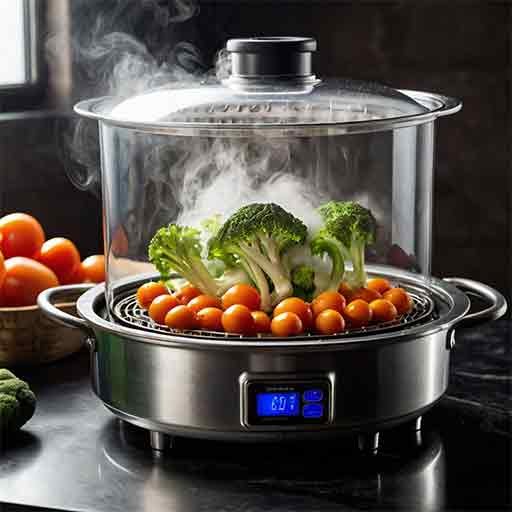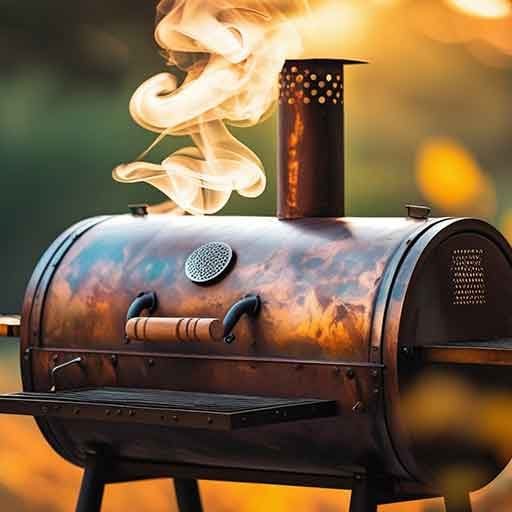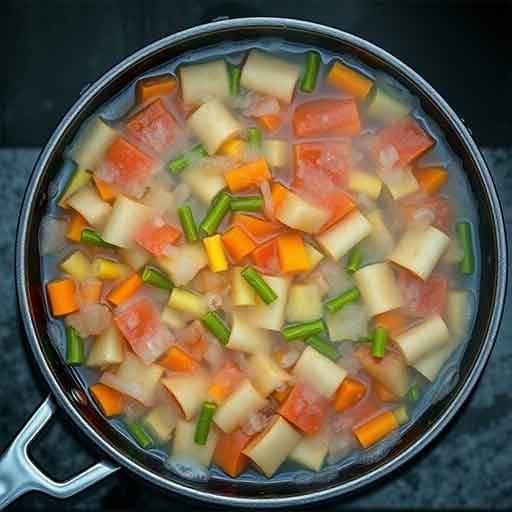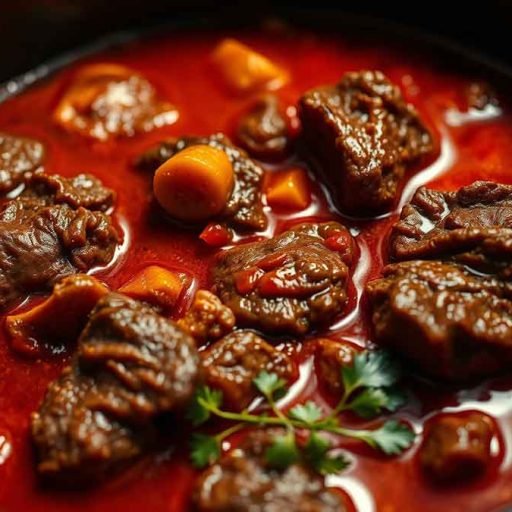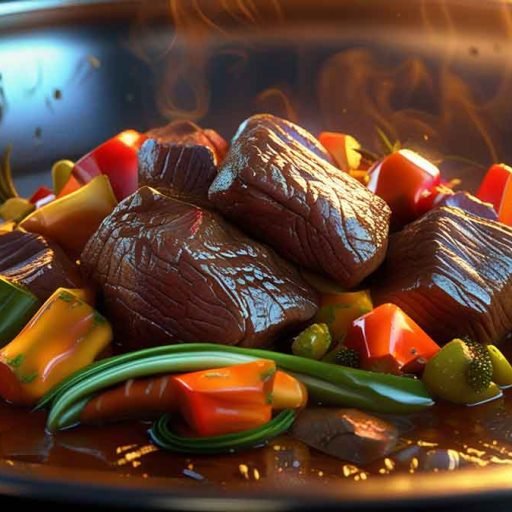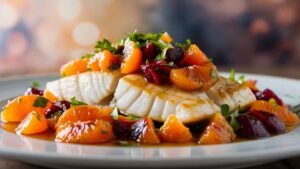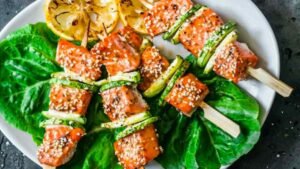Steaming is a moist heat cooking method that uses the process of convection to transfer heat to the food being steamed. It is often associated with tender, delicately flavored foods, such as fish and vegetables, that do not require long cooking times. Steaming food can enhance the natural flavor of food and help retain its nutrients. Properly steamed foods should be moist and tender.
Additional flavor can be introduced by adding stock, aromatics, spices, or herbs to the liquid used as the steaming medium. The steaming liquid can also make a sauce that is served with steamed food.
Anytime food is enclosed and steam is created, such as when a potato is wrapped in foil before baking, steaming is part of the cooking method. Most often, however, the food to be steamed is placed in a basket or rack above a boiling liquid. In general, the food should not touch the liquid; it should be positioned so that the steam can circulate around it.
Some foods, such as shellfish and ears of corn, however, can be placed directly in a shallow pool of boiling water. A lid should be placed on the steaming pot to trap the steam and also create a slight pressure within the pot, which speeds up the cooking process. Another type of steaming uses a convection steamer. Convection steamers use pressurized steam to cook food very quickly in an enclosed chamber.
Convection steamer cooking does not produce a flavored liquid that can be used to make a sauce. Steamed foods should be served immediately. If held for later service, they should be refreshed in ice water and refrigerated, then reheated for service. Steaming is considered a healthy cooking method as it uses no fats and vitamins and minerals do not leach into the cooking liquid.
The Process of Steaming
During the steaming process, the water is continuously boiled, causing it to evaporate into steam, which then rises in the pan and transfers the heat to the food above. Steaming is one of the healthiest methods of cooking as there is no food.
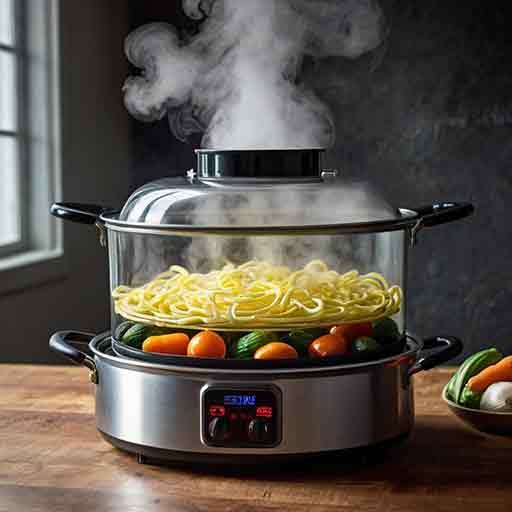
By submerging, nutrients that can leach into the water are preserved and cooked without the need for fat. This energy-saving method uses only a small amount of water. Water expands greatly when it turns to steam, and it contains energy, called “latent heat,” which is released when it hits cold food. The opposite diagram shows the steam process, showing how food is cooked with circulating steam.
Step 1
Heat a small amount of water—about 1 inch (2.5 cm)—in a pan in the bottom of the steamer. When heated, the motion of water molecules accelerates, energy increases, and the temperature of water rises to 212°F (100°C).
Step 2
Bring the water to a boil. This will ensure that enough steam is generated to distribute the heat. When water boils, the molecules have enough energy to break free as bubbles of steam.
Step 3
Place the vegetables in the steamer basket over the water. When steam comes into contact with food, it cools and condenses back into water, releasing large amounts of latent heat—the energy contained in the steam.
Western and Asian Cooking traditions
Both Western and Asian cooking traditions have established steam as the preferred method for cooking certain types of food. In Western cooking, cooks usually steam small pieces of vegetables or thin slices of fish and other seafood. In Asian cooking, vegetables are usually lightly fried, and meat, seafood, and dumplings are usually steamed.
Both traditions limit steaming primarily to small pieces of food that fit easily into a steaming basket placed in a pot or pan. A notable exception is the process of steaming whole fish, which avoids the annoyingly delicate flesh that might otherwise fall apart.
What is the Difference between Steaming and Boiling
Steamed
During Steaming Food is cooked via steam convection.
- Cooking time: Slightly longer than with boiling.
- Flavor and texture: Preserves sweetness and texture of food.
- Nutrients: Holds vitamins and minerals well.
Boiled
During BoilingCooks directly in boiling water.
- Cooking time: Direct contact with water transfers heat quickly, speeding cooking times.
- Flavor and texture: May be lost on delicate
- foods. Suits robust foods such as potatoes.
- Nutrients: Nutrients can seep into water.
